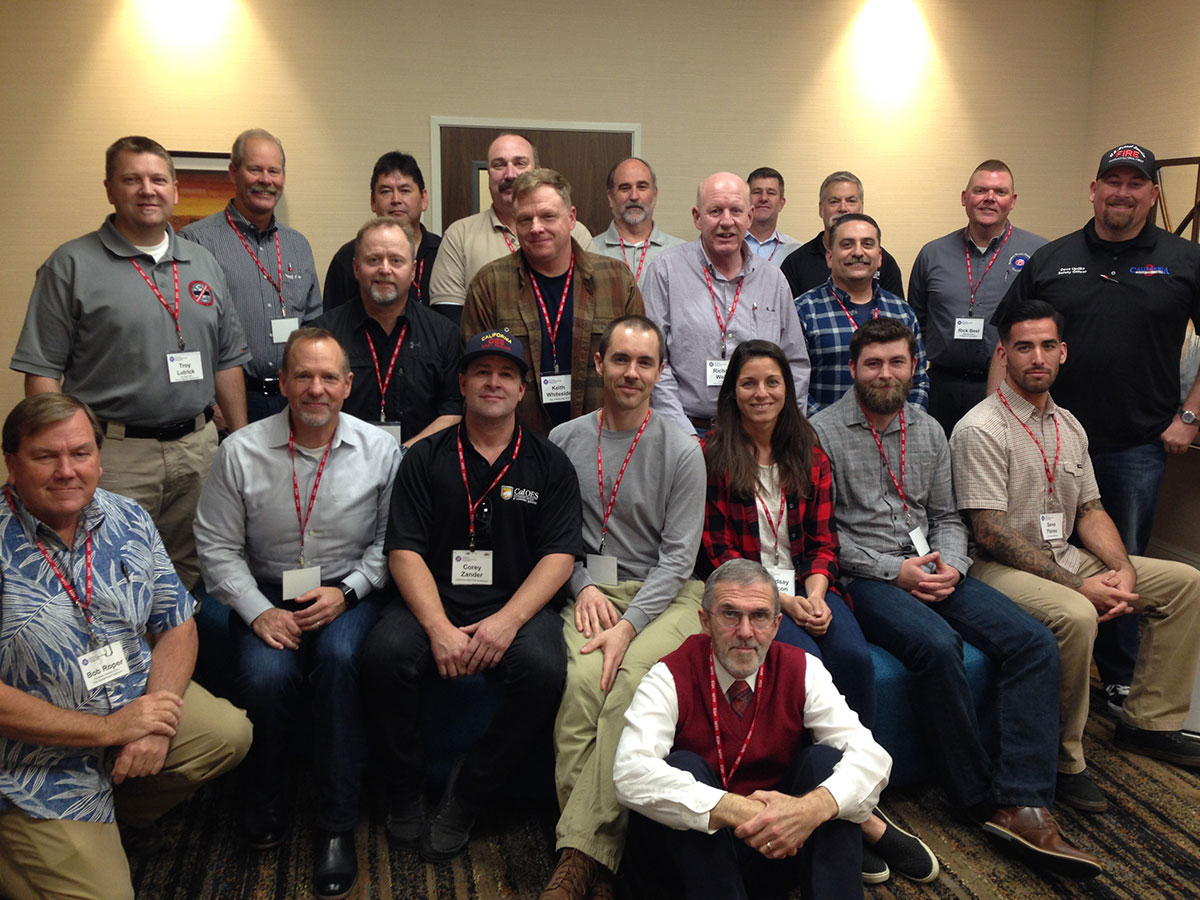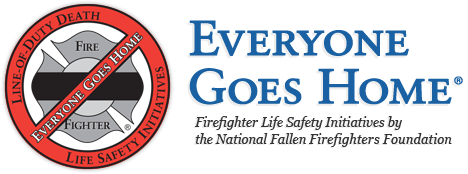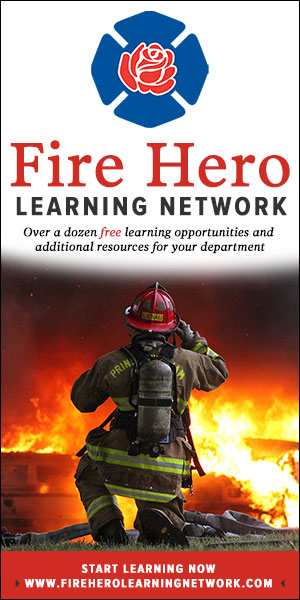
As the incidence of fire in the wildland and the wildland-urban interface (WUI) continues to rise across the nation, so does the number of firefighters and their families affected by occupational accidents, injuries, and deaths. To counter this trend and address the specific health and safety risk factors of all firefighters who respond to these fires, the National Fallen Firefighters Foundation (NFFF) is introducing the effective Everyone Goes Home® (EGH) program to the wildland fire community.
Chief Tom Harbour, who recently retired as Director of National Fire and Aviation for the U.S. Forest Service with more than 40 years of wildland firefighting experience, is coordinating this effort. As a first step, the NFFF recently hosted six regional listening sessions for stakeholders across the country, to explore questions, answers, and approaches to the problem of reducing wildland fire line-of-duty deaths and injuries. Between October 2017 and February 2018, listening sessions were held in these six cities:
- Phoenix, Arizona
- Denver, Colorado
- Portland, Oregon
- Boise, Idaho
- Sacramento, California
- Orlando, Florida
Participants representing every sector of wildland firefighting brought their voices to the table. This of course included what we traditionally think of as wildland firefighters – those of national natural resource management organizations, state, county, and local forestry departments, and contract agencies. But it’s important to remember that not all wildland firefighters wear yellow shirts. For example, ranchers in the west, whose grazing lands are their livelihood, have organized into Ranch Fire Protection Agencies, or RFPAs, and are the first due agencies on many public lands. RFPAs were represented at the listening sessions in both Portland and Boise.
It’s also important to note that fatalities and injuries occur disproportionately among firefighter from agencies whose primary mission is NOT wildland firefighting. In 2016, one-third of the firefighters who died in the line of duty while fighting wildland fire were what we think of as “blue shirts,” or structural firefighters. These members of volunteer, combination, and career departments are often under-trained and ill-equipped to be on the front lines of a wildland or WUI fire. Their voice is important to include in this effort, and all levels of personnel from departments in jurisdictions of all sizes were represented at each of the listening sessions.
Throughout the six regions, one message was clear – it’s time to bring the safety culture of Everyone Goes Home® and the 16 Firefighter Life Safety Initiatives to all firefighters, including those at risk while responding to wildland and WUI fires. Input from the six listening sessions will guide development of wildland-specific EGH resources and materials to be disseminated to individual firefighters through collaborative efforts and partnerships. The plan guiding this effort will be presented in April 2018 at a meeting in Washington, D.C. of national wildland fire leadership, including heads of national natural resource and constituency organizations, federal agencies, and state and national level forestry leaders. For more information about the NFFF and EGH’s wildland fire line-of-duty death and injury reduction efforts, contact Tom Harbour at tom@harbourfire.com.


